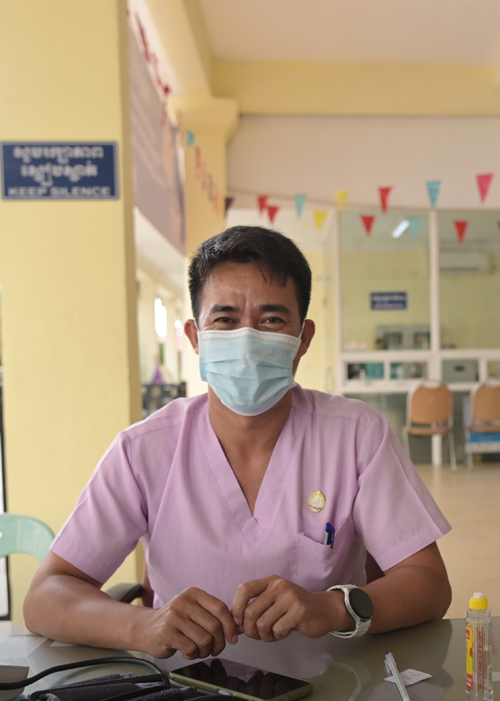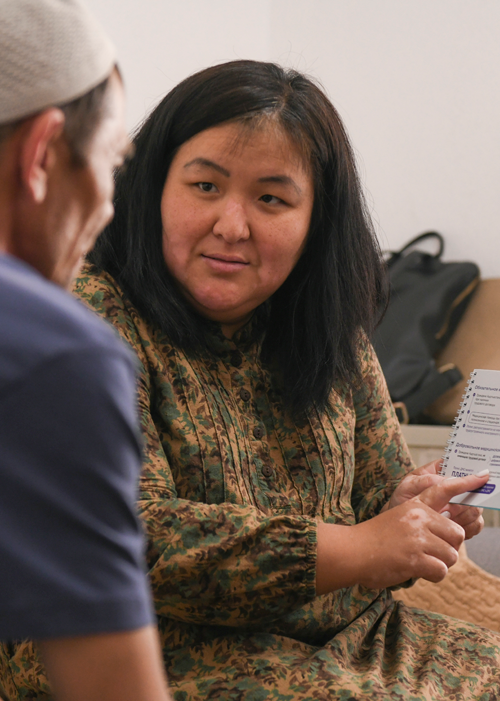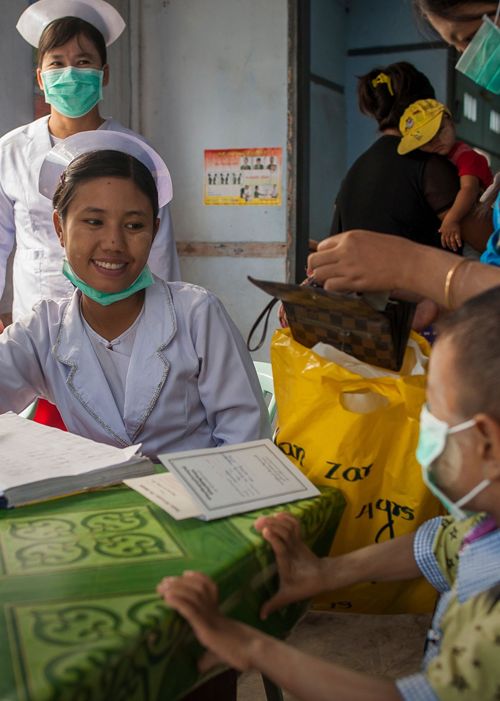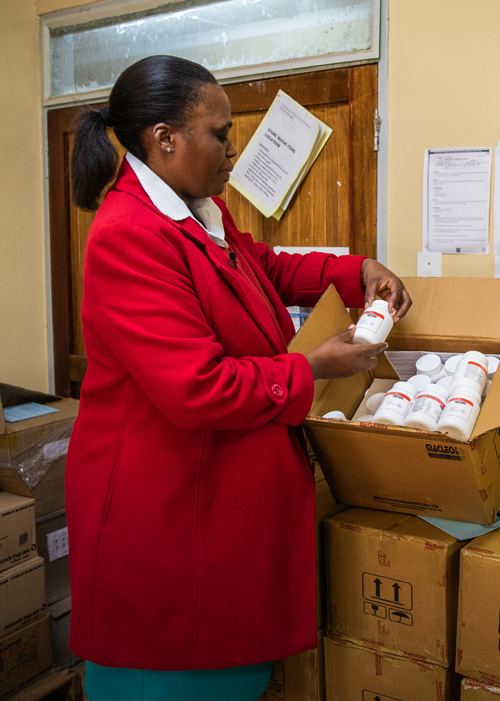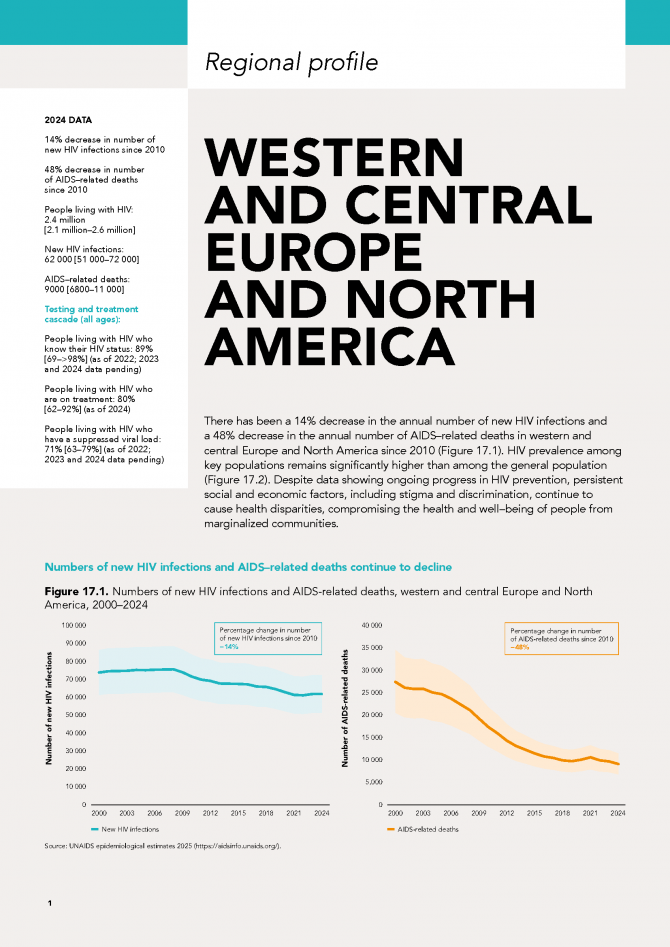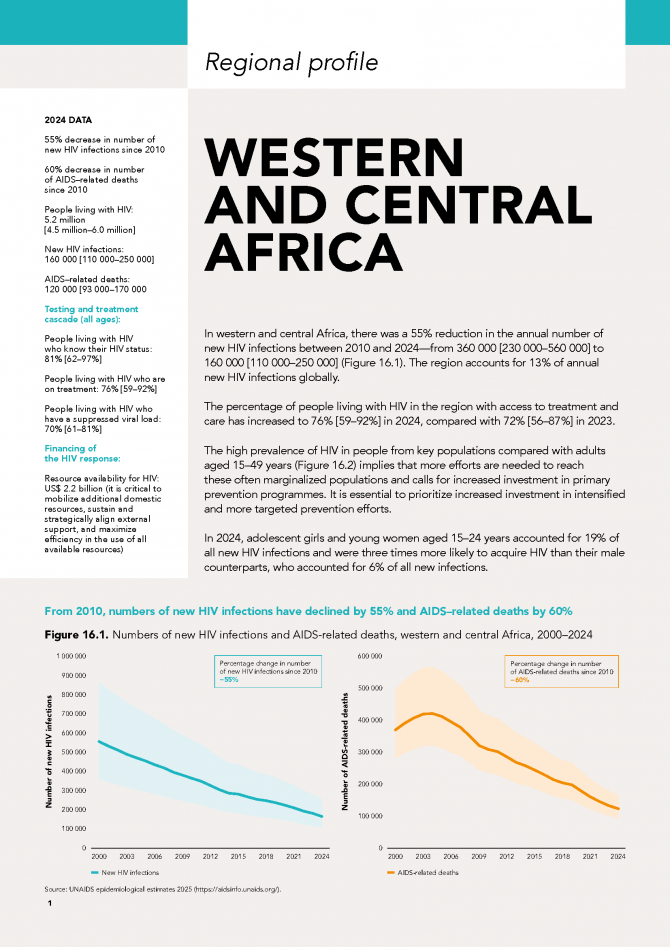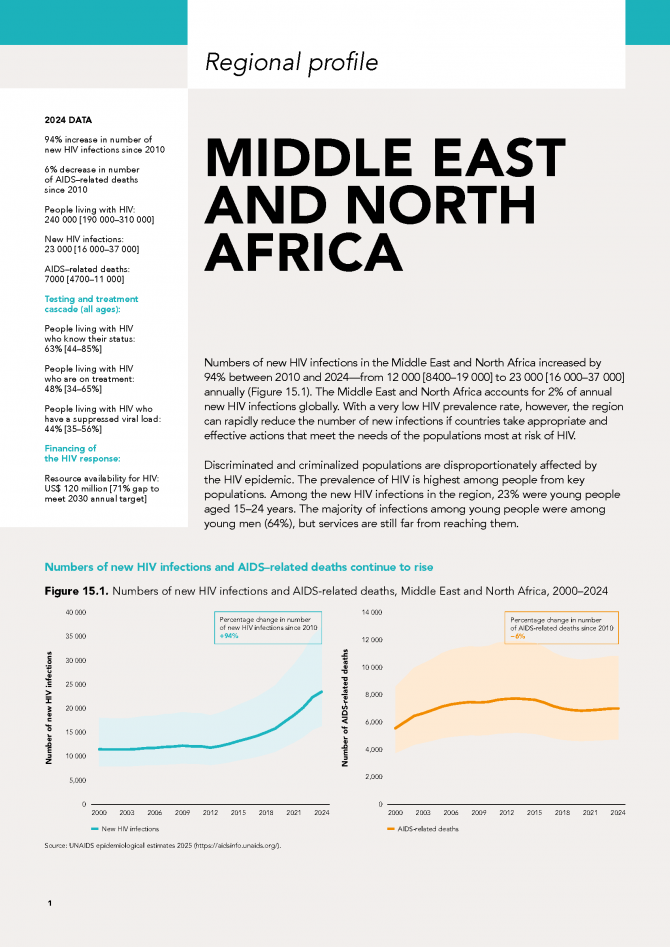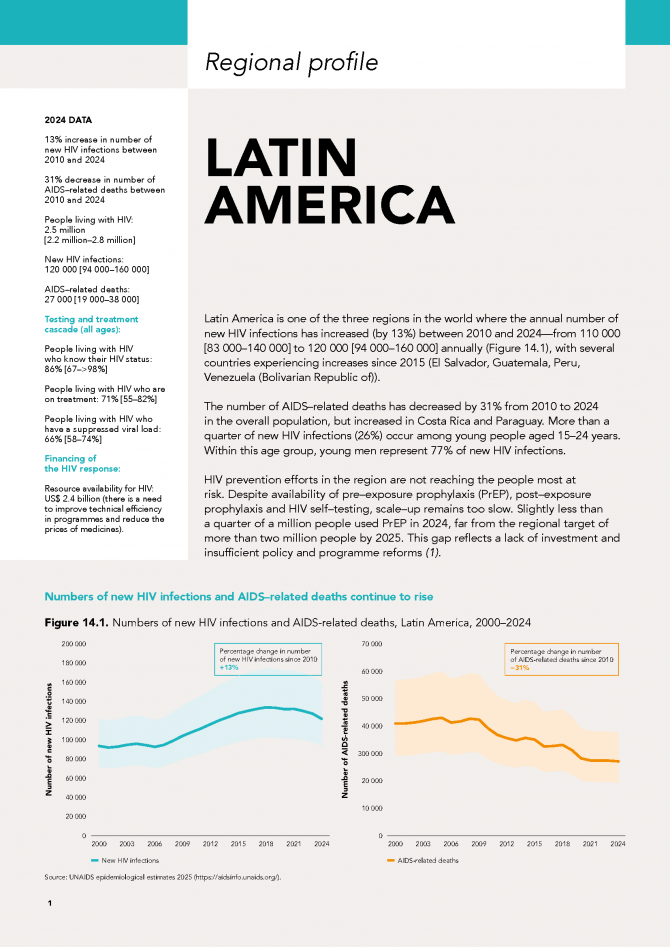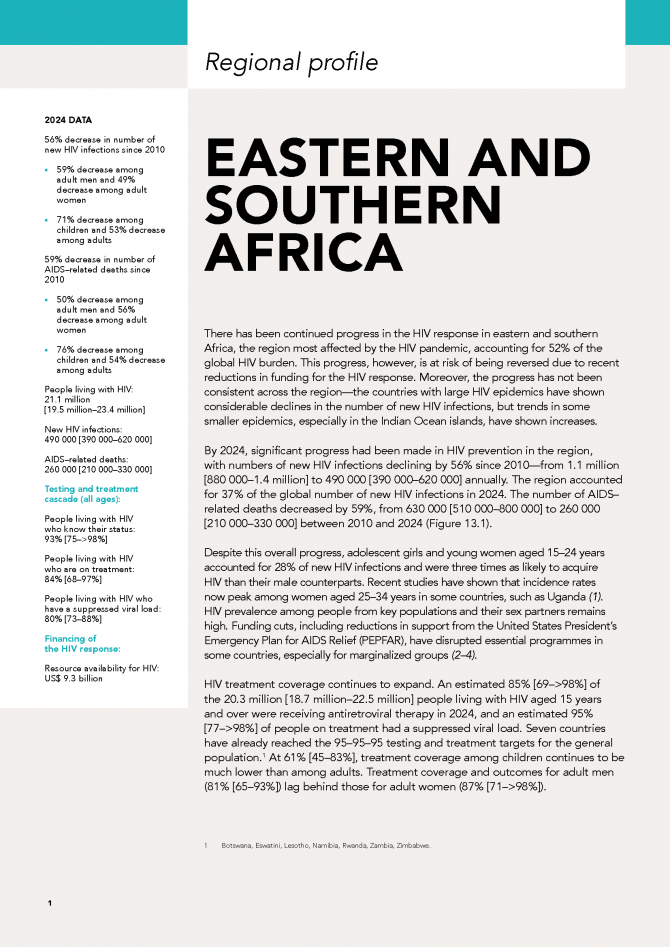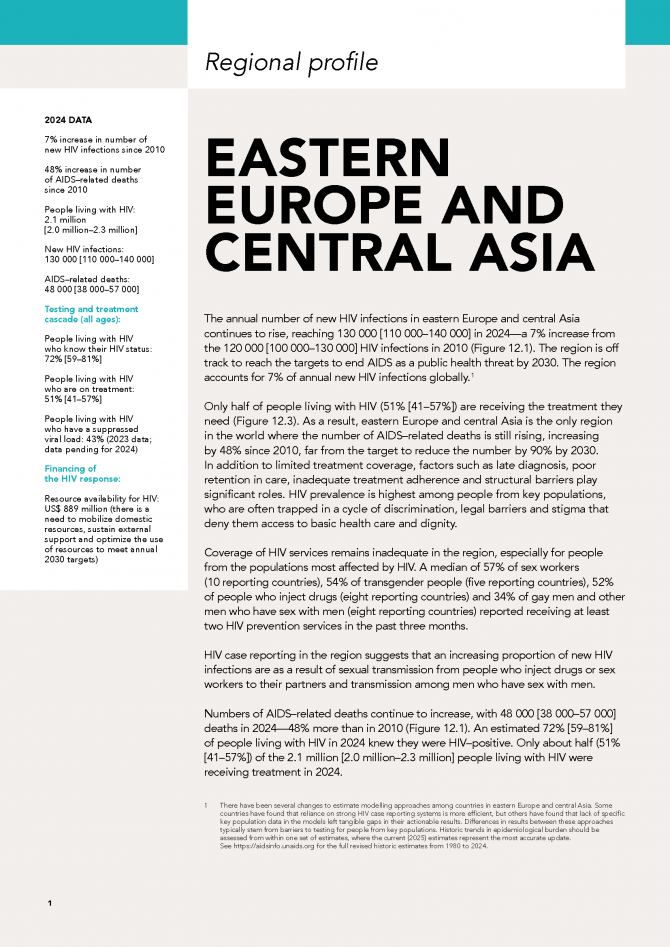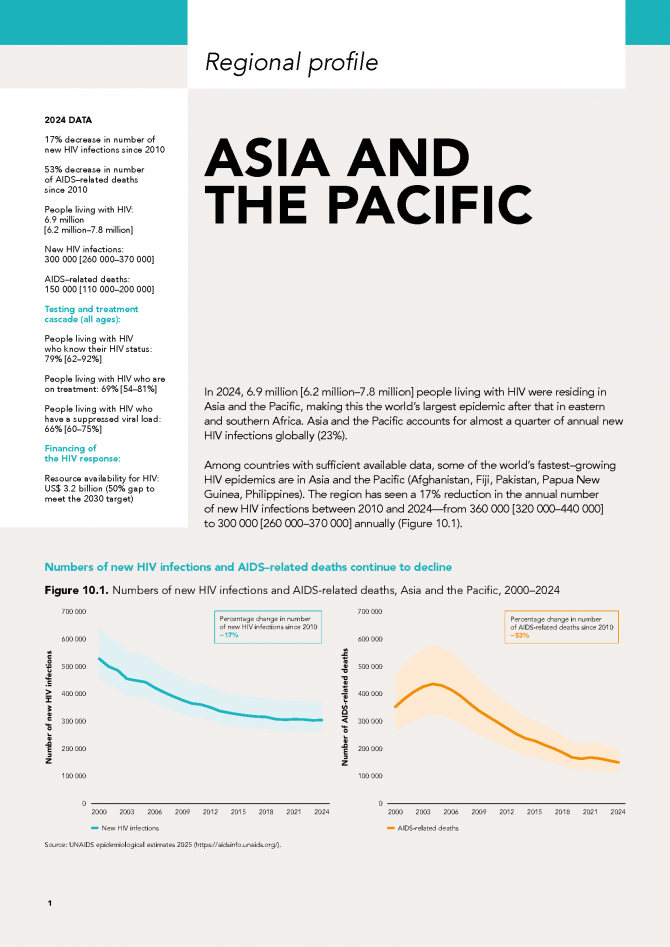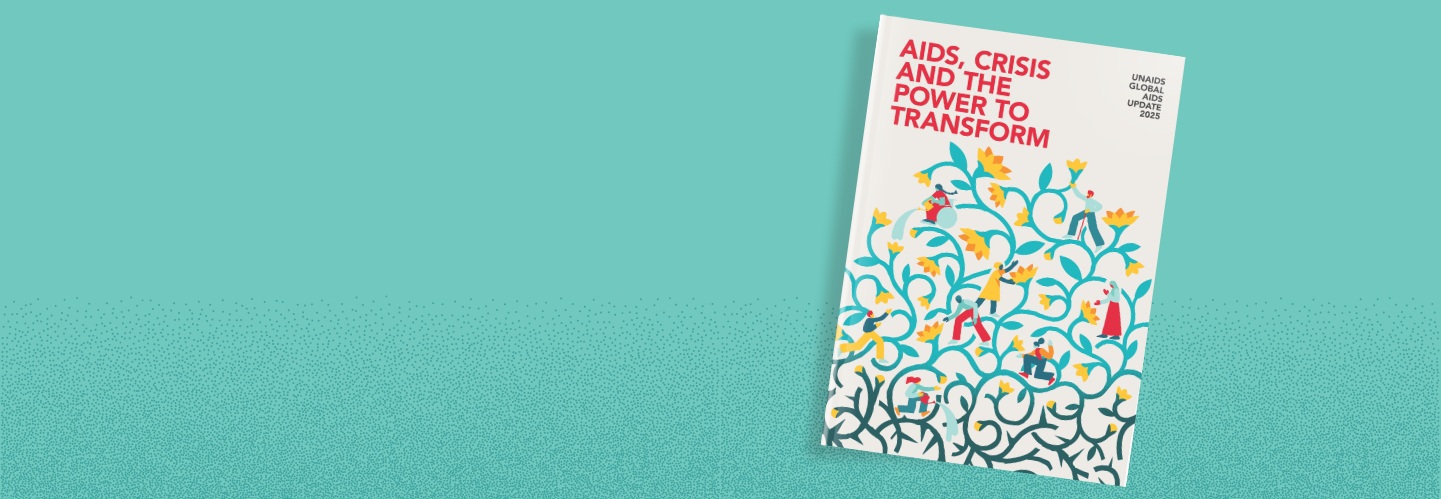
The AIDS response may be in crisis, but we have the power to transform
This report shows that at the end of 2024, just before a sudden collapse in funding triggered a crisis in the global AIDS response, the remarkable efforts of communities and governments had brought down the numbers of new HIV infections by 40% and of AIDS-related deaths by 56% since 2010. But it also shows that huge gaps in HIV prevention remained, with 1.3 million new infections in 2024—almost unchanged from the year before.
We started 2025 excited about a transformative opportunity to tackle HIV with lenacapavir, a new long-acting medicine that can prevent HIV infection with twice-a-year injections. This is just one of a suite of new long-acting medicines. Within the next few years, annual injections and monthly tablets to prevent HIV could be a reality. We could be on the verge of an HIV prevention revolution that reduces new infections towards epidemic control—if the world comes together again to overcome monopolies, drive down prices, and ensure everyone who could benefit has access to these new, highly effective prevention tools.
But the sudden withdrawal of the single biggest contributor to the global HIV response disrupted treatment and prevention programmes around the world in early 2025. International assistance accounts for 80% of prevention programmes in low- and middle-income countries. UNAIDS modelling shows that if the funding permanently disappears, there could be an additional 6 million HIV infections and an additional 4 million AIDS-related deaths by 2029. At the same time, the number of countries criminalizing the populations most at risk of HIV has risen for the first time since UNAIDS began reporting.
Communities, however, have been resilient. When formal systems broke down in Ethiopia, young volunteers formed WhatsApp groups to check on their peers, mothers banded together to support children’s treatment, and youth collectives used community radio to share health information.
The consensus behind the old model of financing the HIV response may be coming to an end, but the international community is forging a new, more sustainable path. At the fourth International Conference on Financing for Development in Seville, Spain, nations embraced calls for debt relief, international tax cooperation and reform of international financial institutions—the first steps towards a new economic settlement that can give countries the fiscal space needed to invest in the global HIV response.
Twenty-five of the 60 low- and middle-income countries included in this report have found ways to increase HIV spending from domestic resources into 2026. This is the future of the HIV response—nationally owned and led, sustainable, inclusive and multisectoral.
This transformation cannot happen overnight, however. Global solidarity and renewed commitment from funding partners will be needed as countries plan and lead sustainable transitions towards self-financing.
The prize, if we get there, could be remarkable. The HIV response has already saved 26.9 million lives. With an HIV prevention revolution, we could end AIDS as a public health threat, saving many more lives. And it could be better value for money too: UNAIDS estimates that if the world embraces new technologies, efficiencies and approaches, the annual cost of the HIV response could fall by around US$ 7 billion.
The AIDS response may be in crisis, but we have the power to transform. Communities, governments, and the United Nations are rising to the challenge. Now, we must get to work.
Winnie Byanyima,
UNAIDS Executive Director
Countries must urgently step up to transform their HIV responses amid an international funding crisis that risks millions of lives
GENEVA/JOHANNESBURG, 10 July 2025—UNAIDS today launched its 2025 Global AIDS Update, “AIDS, Crisis and the Power to Transform”, which shows that a historic funding crisis is threatening to unravel decades of progress unless countries can make radical shifts to HIV programming and funding.




